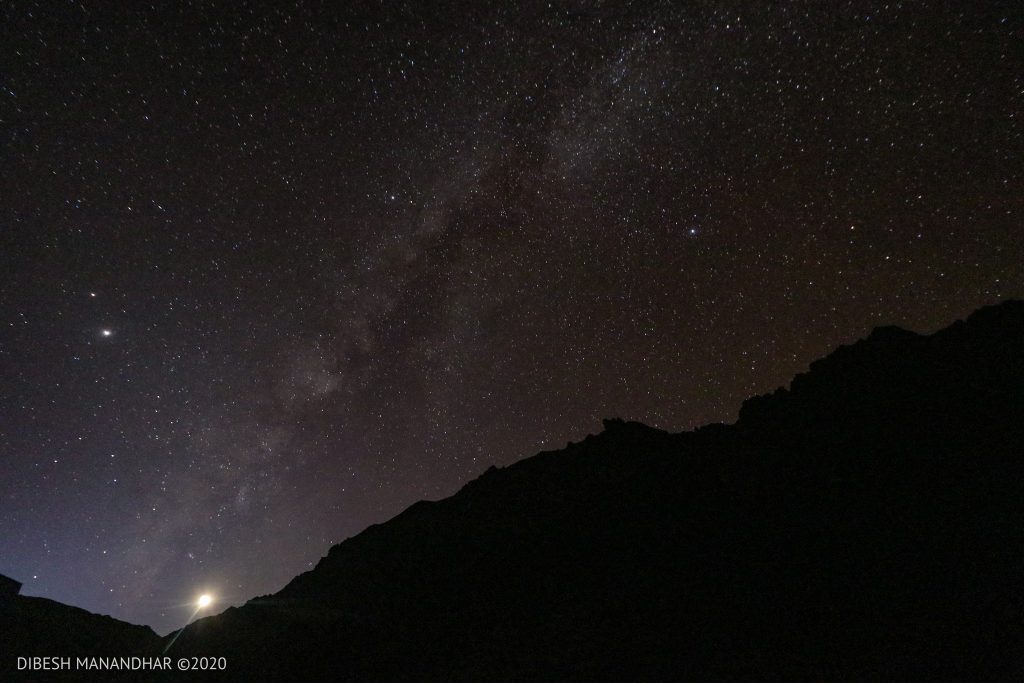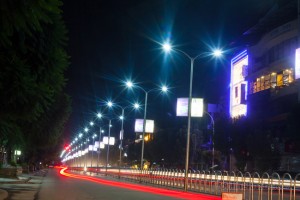
I vividly remember my childhood nights in Chitwan, where the escape from the heat during load shedding led me outside. I would look at the plethora of constellations and my uncle would guide me and teach me the names of various constellations.
The memory of those stars is intact in my hippocampus. However, nowadays whenever I am back home in Chitwan, the once mesmerising sky full of amazing constellations is not there to welcome me. I am greeted by a few stars which are ever-decreasing in number.
The diminishing visibility of stars in the night sky fills my heart with sorrow, realising that I may not be able to spend my nights watching stars and feeling how insignificant my life problems are compared to these heavenly bodies.
As a star enthusiast, the simple joy of staring at the night sky for hours is now a lost treasure. In the rush of progress, consideration for light pollution always took a backseat. I am not against all the progress that we as a country have made in the past decade by solving load shedding which has significantly improved our quality of life.
But I still have the kid inside me who likes to gaze at twinkling little stars. The general public is quite unaware of light pollution and many of us take light pollution as a inevitable part of modern human civilisation.
According to an article published in Science Journal in 2023, the average brightness of the night sky has increased by 10 per cent annually over the past decade. A Guardian article predicts that stars might become invisible in the next 20 years.
The detrimental effects of light pollution extend beyond its impact on stargazing. It adversely affects various key components of our ecosystem. It mainly affects migratory birds and insects but is not limited to these.
Migratory birds who travel for thousands of kilometres rely on constellations for their trail. All of us are familiar with insects roaming around light bulbs at night, this may look benign but the effect it has on insects, their predators and the ecosystem as a whole is significantly worse.
Despite being in the early stages of research, evidence links light pollution to many human health issues. According to Prof Robert Fosbury of the Institute of Ophthalmology at University College London, increasing use of LED lights has disrupted vital body mechanisms including those that break down high levels of sugar in the blood or boost melatonin production.
He suggests that this may also be a reason for the increasing obesity and diabetes problems in the world. I feel like our current understanding of the risk of light pollution is similar to human understanding of the effects of smoking back in the 1980s.
A lot of research has to be done to understand the consequences of this new adversary to human health.
Recently, I got the opportunity to look at the cosmos in a light pollution-free sky during my trek to Shey-Phoksundo.
The experiences which once were a daily thing for free are now accessible only in remote locations incurring high expenses. Reflecting on my personal experience at Phoksundo, I lament the fact that this inspiring encounter with the stars seems increasingly reserved for a select few, denying the majority the opportunity to marvel at the wonders of the night sky.


















